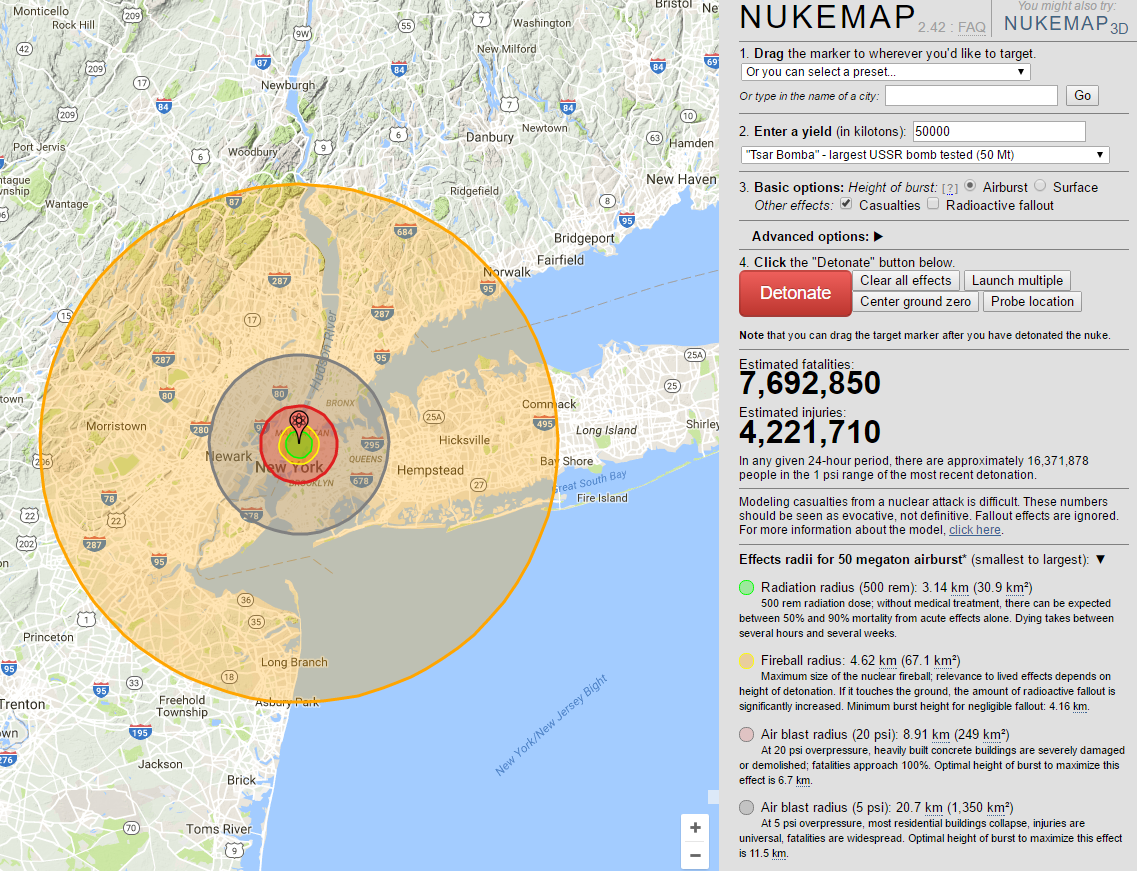
The Tu-95 was accompanied by a Tu-16 "Badger" airborne laboratory to observe and record the test. Durnovtsev was immediately promoted to lieutenant colonel and made Hero of the Soviet Union. The drop area was over land at the Mityushikha Bay test site, on the west coast of Novaya Zemlya Island, above test field D-2, near Cape Sukhoy Nos. By that time the release bomber was already in the safe zone about 45 km away. It was released at 10,500 meters, and made a parachute retarded descent to 4000 meters in 188 seconds before detonation. The test was conducted by air dropping the bomb from a specially modified Tu-95N "Bear A" strategic bomber piloted by mission commander Major Andrei E. Having come to power by overthowing and assassinating the last royal family of Russia, the Soviet leadership would never have countenanced such a royalist name, but this designation has become popular in Russia since the collapse of the Soviet Union. The world's largest bell (the Tsar Kolokol) and cannon (the Tsar Pushka) are on display at the Kremlin. The nickname Tsar Bomba is a reference to a famous Russian tradition for making gigantic artifacts for show. It would have increased the world's total fission fallout since the invention of the atomic bomb by 25%.
#Tsar bomba blast radius full
The effect of this bomb at full yield on global fallout would have been tremendous. The result was the "cleanest" weapon ever tested with 97% of the energy coming from fusion reactions. This reduced the yield by 50% by eliminating the fast fissioning of the uranium tamper by the fusion neutrons, and eliminated 97% of the fallout (1.5 megatons of fission, instead of about 51.5 Mt), yet still proved the full yield design. This three stage weapon was actually a 100 megaton bomb design, but the uranium fusion stage tamper of the tertiary (and possibly the secondary) stage(s) was replaced by one(s) made of lead. The device offically designated RDS-220, known to its designers as Big Ivan, and nicknamed in the west Tsar Bomba (and referred to as the Big Bomb by Sakharov in his Memoirs ) was the largest nuclear weapon ever constructed or detonated. Vehicle recovery in the Russian Atomic Museum. The parachute shown is a version adapted to space Parachute ensured that a load factor greater than 5 g would notīe encountered, and that the descent speed would be 20 to 25 System, with a main canopy area of 1,600 square meters. The parachute system developed for Big Ivan was a five-stage The bomb was tested only 16 weeks after the

Later oversaw the transformation of this design into aįielded weapon).

Sakharov returned toĪrzamas-16, and selected a design team consisting of VictorĪdamskii, Yuri Babaev, Yuri Trutnev, and Yuri Smirnov (who
#Tsar bomba blast radius series
Series due to begin in September so that the series wouldĬreate maximum political impact (a bomb this size is Then the senior weapon designer, and directed him to developĪ 100 megaton bomb. Onġ0 July 1961 Nikita Khrushchev met with Andrei Sakharov, This weapon was developed in a remarkably short time. The Tsar Bomba shown here in the Russian Atomic Museum. The Soviet Weapons Program - The Tsar Bombaīig Ivan, The Tsar Bomba (“King of Bombs”) The World's Largest Nuclear Weapon


 0 kommentar(er)
0 kommentar(er)
